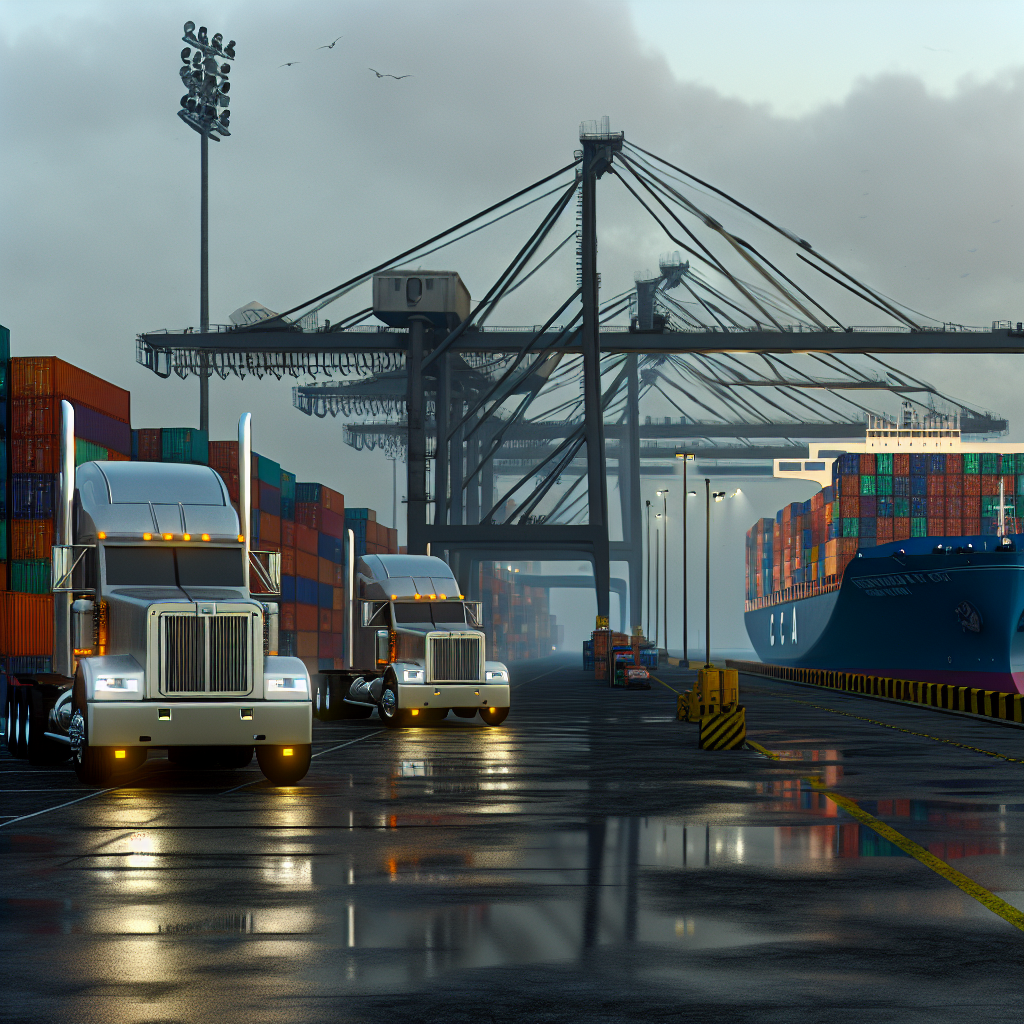The United States has warned it will retaliate against countries that support a new United Nations plan to price emissions from oceangoing ships, a hardline move that injects fresh uncertainty into freight markets just as policymakers gather in London to debate the rules. The threats land as the International Maritime Organization (IMO) opens a crucial session this week to decide whether to adopt an emissions-pricing architecture for the world’s fleet.
The proposal on the table marries a fuel-emissions standard with an economic element that would charge higher-emitting vessels and channel the proceeds into an IMO “Net‑Zero” fund. Backers say the scheme could raise roughly $11–13 billion a year late this decade to help scale cleaner fuels and support developing nations, with the measures targeting larger ships that account for the bulk of maritime emissions.
Washington has broken with that coalition and exited the talks, arguing the plan would inflate costs for American consumers. In a stepped-up warning ahead of this week’s vote, U.S. officials have signaled potential “reciprocal” steps—ranging from additional port charges to visa limits or other penalties—aimed at countries that back the framework. European governments are pressing ahead, while maritime stakeholders brace for spillover into trade relations if the dispute hardens.
The numbers under consideration are material for carriers and their customers. Draft terms discussed by delegates include penalties that could run as high as $480 per metric ton of CO2‑equivalent for ships that fail to meet tightening standards, with the package taking effect in phases beginning as early as 2027 and biting fully for large vessels in 2028.
Complicating the backdrop, the U.S. and China on October 14 rolled out tit‑for‑tat port fees on certain voyages, a separate fight that nonetheless adds another layer of cost and routing volatility for ocean networks heading into peak shipping season. If those charges persist alongside a new IMO carbon regime, global lines and their customers could be hit by overlapping fee structures on the same lanes.
Why it matters for trucking: ocean pricing rarely stays at sea. A global emissions fee would flow into bunker costs, which carriers are likely to pass through via fuel and environmental surcharges. Importers then rebudget landed costs, and that tends to reprice domestic legs—port drayage, transload, and long‑haul linehaul—especially on high‑volume corridors out of Southern California, the Northwest Seaport Alliance, and the South Atlantic. Contract truckload bids for 2026 could be adjusted upward if importers expect persistent maritime surcharges, while volatile spot lanes tied to transloading hubs (Los Angeles Basin, Phoenix, Dallas, Memphis, Chicago) could see sharper swings as routings and inventory targets shift.
Network effects loom large as well. If emissions fees and geopolitical port charges prompt carriers to skip or consolidate port calls, drayage demand can spike in a handful of gateways, stressing chassis pools and warehouse capacity and increasing dwell. More discretionary cargo may land at Gulf and East Coast gateways to balance schedules, lifting domestic truck and intermodal demand in those hinterlands. And any move by shippers to pull forward orders ahead of rule milestones would tighten near‑term capacity and raise dwell‑related accessorials for motor carriers.
What to watch this week: whether the IMO locks in the framework and the exact fee tiers, how revenues are recycled, and any carve‑outs that influence competitive balance between carriers and routes. Also watch for concrete details of any U.S. “reciprocal” response—port fees, targeted restrictions, or other measures—which would determine how quickly maritime policy translates into inland pricing. An EU‑led bloc that includes the U.K., China and Japan is pushing to finalize the package; if it passes, the clock starts on compliance planning—and on how importers reoptimize trucking and warehousing to manage a new layer of ocean costs.
Sources: FreightWaves, Reuters, Associated Press, Lloyd’s List
This article was prepared exclusively for TruckStopInsider.com. Republishing is permitted only with proper credit and a link back to the original source.





